Learn about learning
Analytics is a tool for exploring millions of anonymized syllabi and other curricular materials drawn from thousands of colleges and universities around the world. Analytics helps instructors design classes, students explore fields, publishers develop books, and educators at all levels better understand the curriculum of higher education. It is a window onto higher education as a global project built from millions of decisions about what and how to teach.
Analytics is split into Free, Trial, and Subscription versions. The Free version is free to use but caps data at 2019, doesn’t show syllabi, and blocks a number of advanced features. The Trial version requires a sign up and provides free access to the Subscription version for 30 days. The Subscription version is for schools, publishers, and other educational providers.
If you find value in Analytics, encourage your school to subscribe and contribute to the archive.
LEARN WHAT YOU CAN DO WITH ANALYTICS

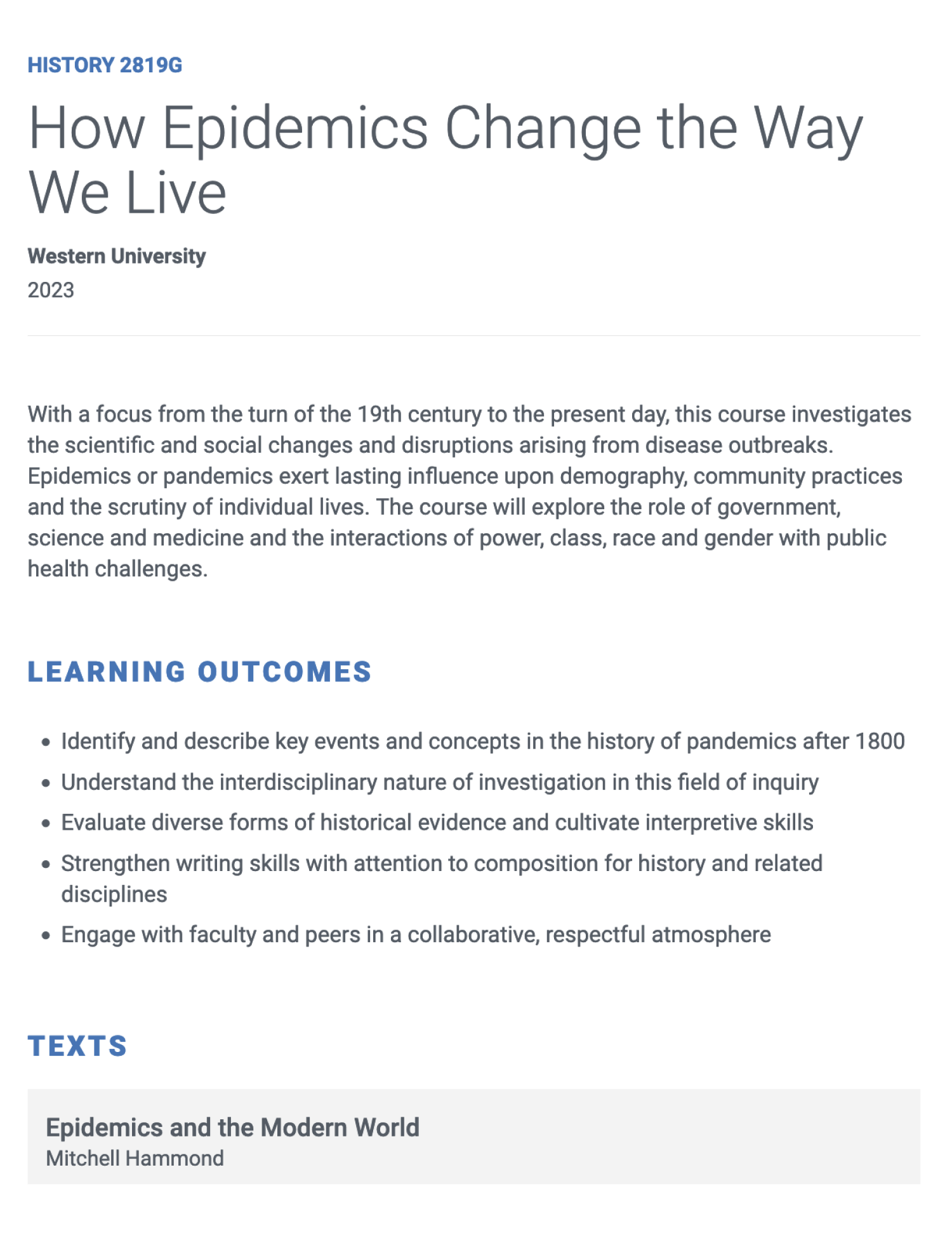

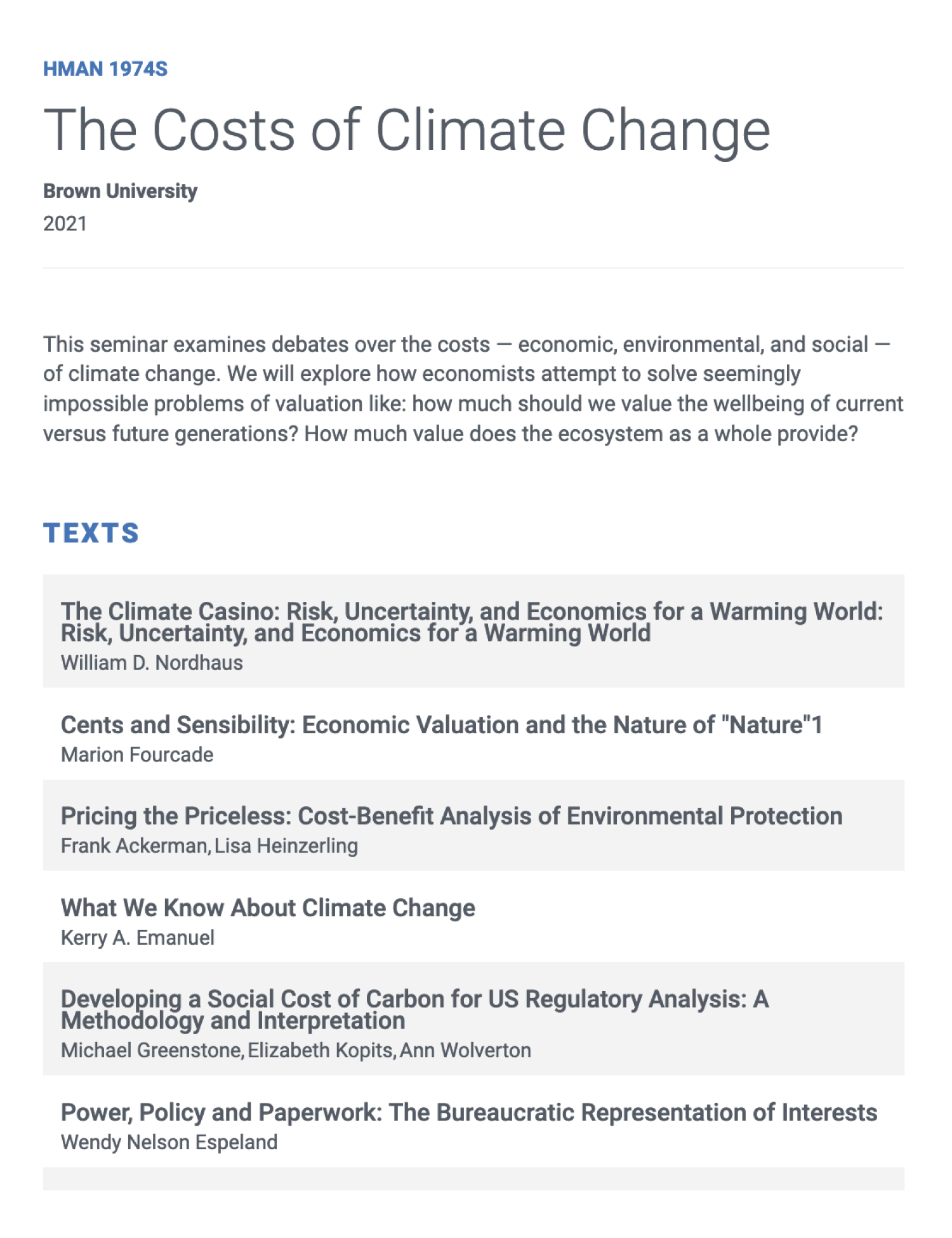
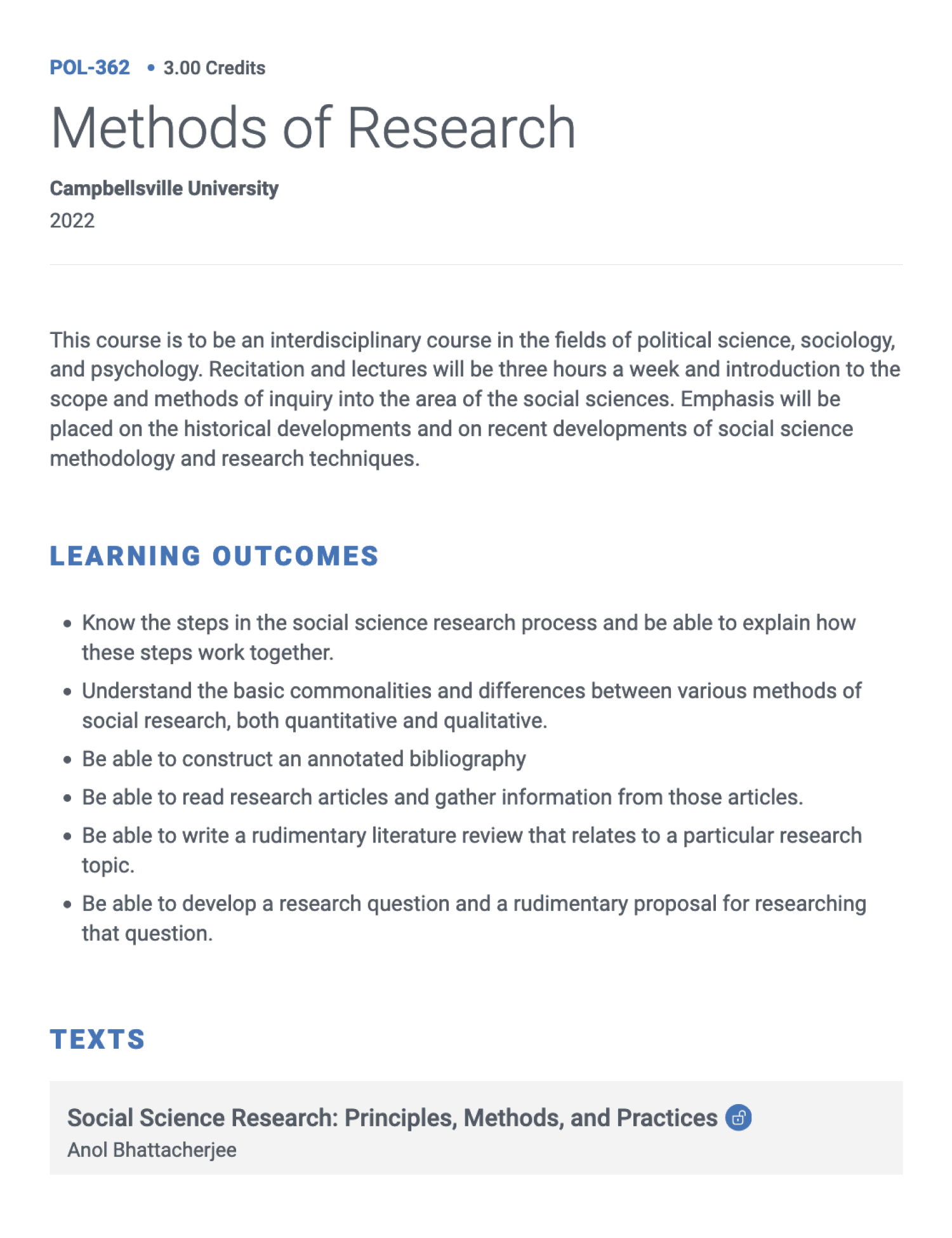
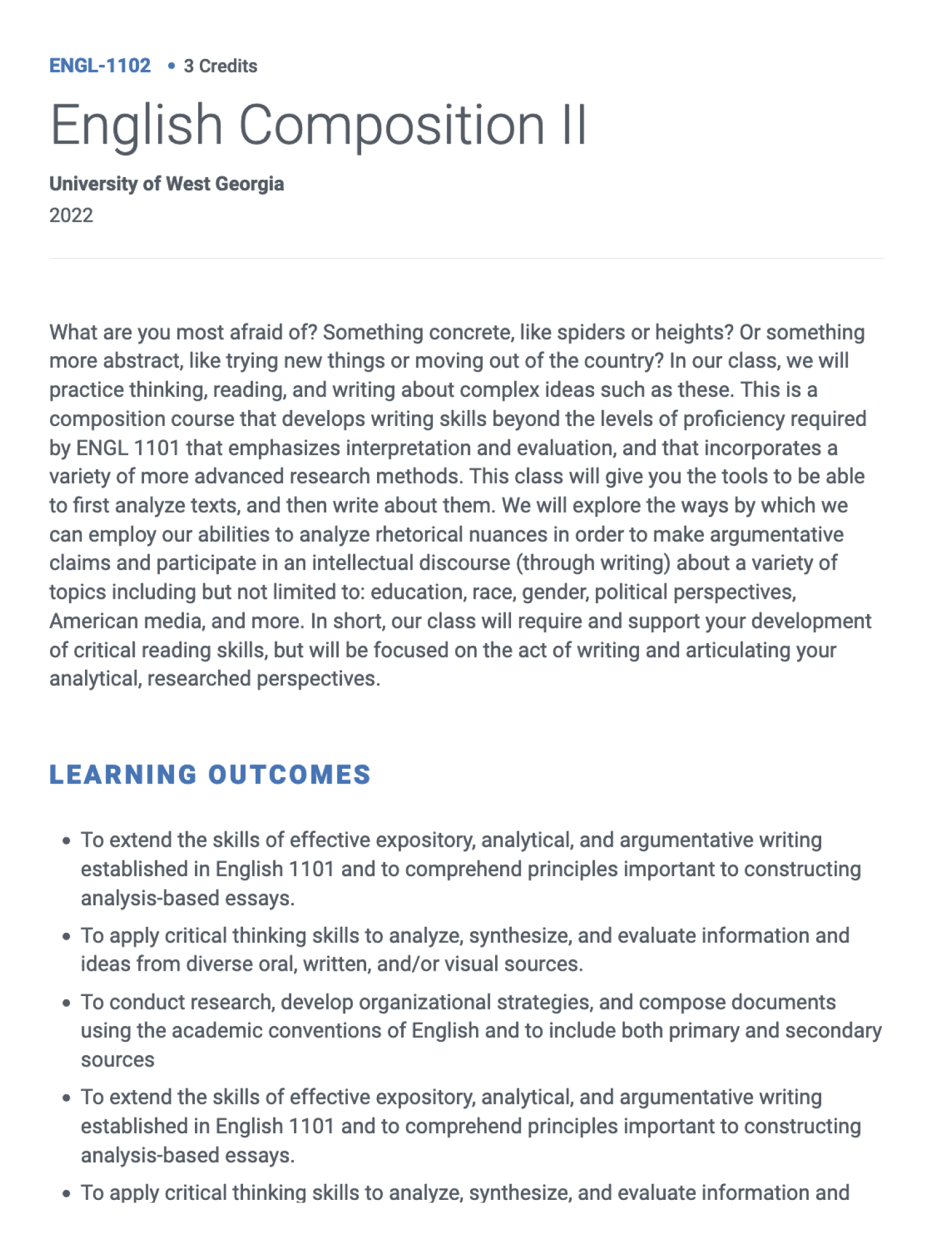
Explore syllabi, reading choices, and learning outcomes — searchable by topic, school level, and other criteria.
Understand how often and where your work is used in the classroom.
Get recommendations based on what titles are most frequently assigned together.
Identify open educational resources that have been successfully adopted in peer programs and classes.
Explore trends and changes in teaching and in the composition of fields.
Understand the past teaching practices of your school or department on any subject.
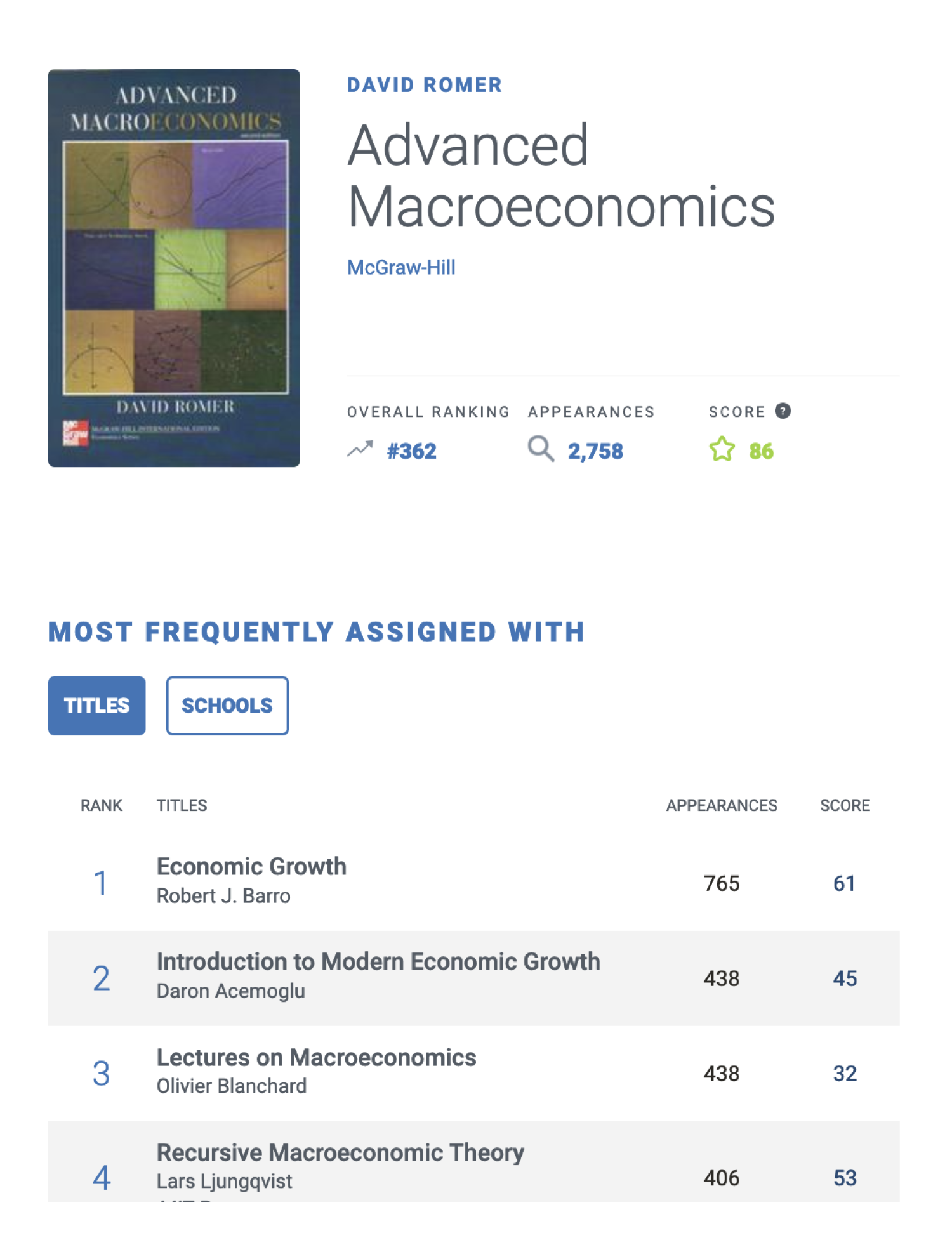

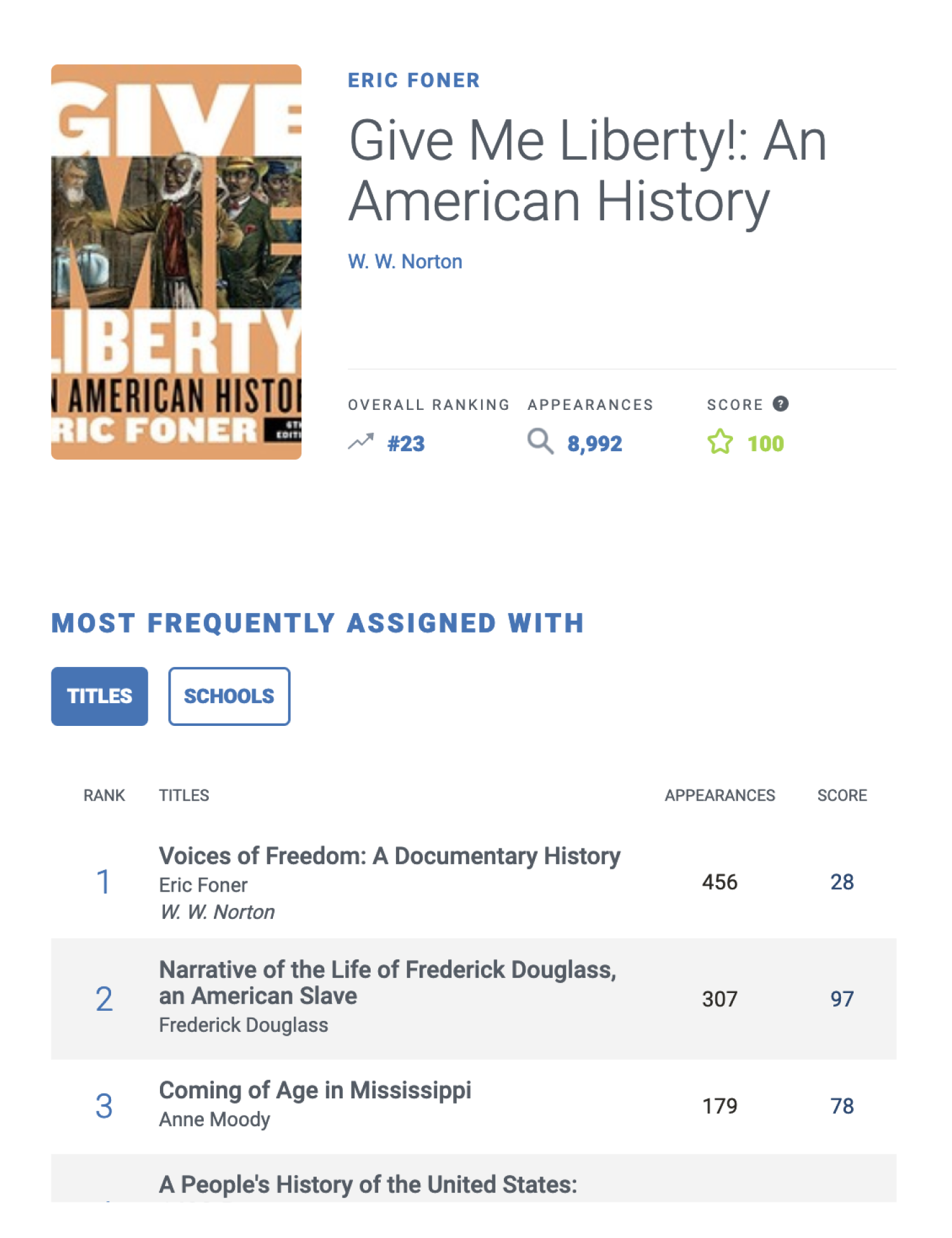

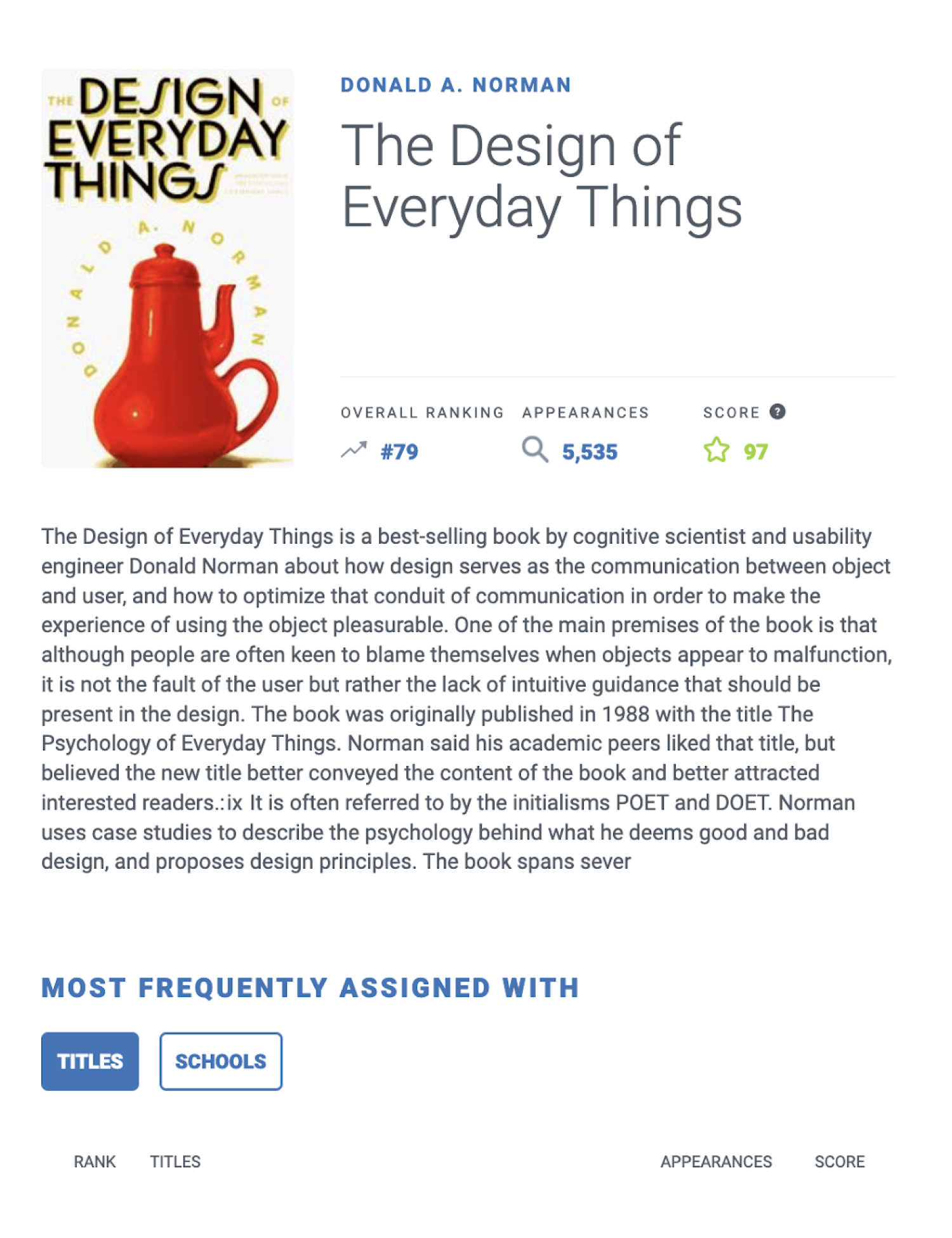

Prepare for classes and degree programs by examining the most assigned titles by topic or field.
Examine basic syllabus information ahead of course selection.
Understand how current classes compare to classes at possible transfer schools.
Develop more holistic views of fields and majors.
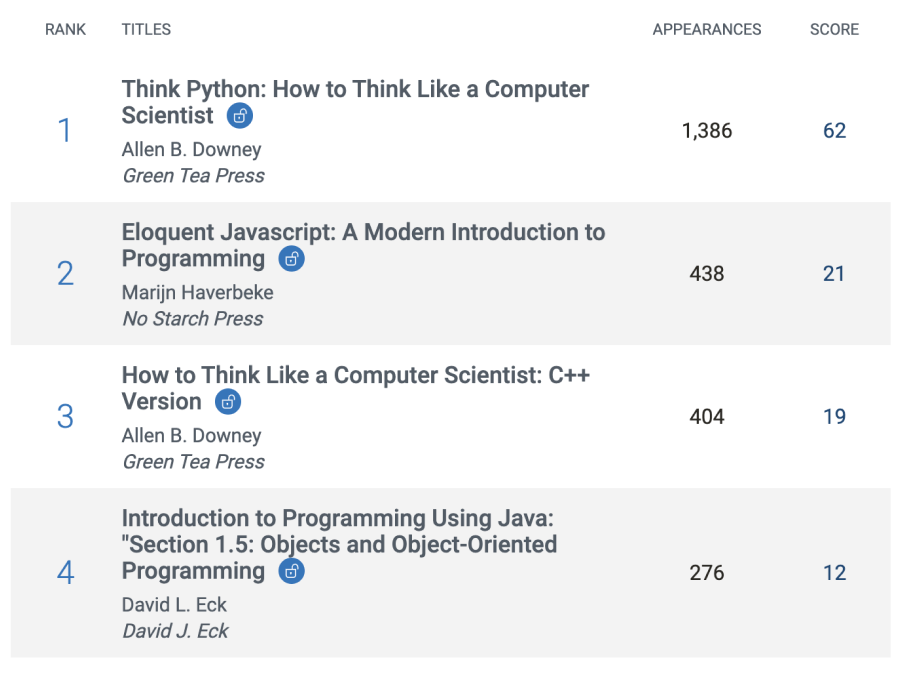
Support the adoption of open resources with information about adoption at home and peer institutions.
Support acquisition strategies with data about the most taught titles and home and at other institutions — including open titles and non-textual media.
Support subject inquiries from faculty and students.
Contribute to the only large-scale archival project focused on the primary activity of higher education.

Explore both high-level and granular views of teaching at home and peer institutions — by topic, field, and other criteria.
Explore the learning outcomes developed for classes or topics, and how they have changed over time.
Identify gaps and overlaps in teaching coverage across programs and departments.
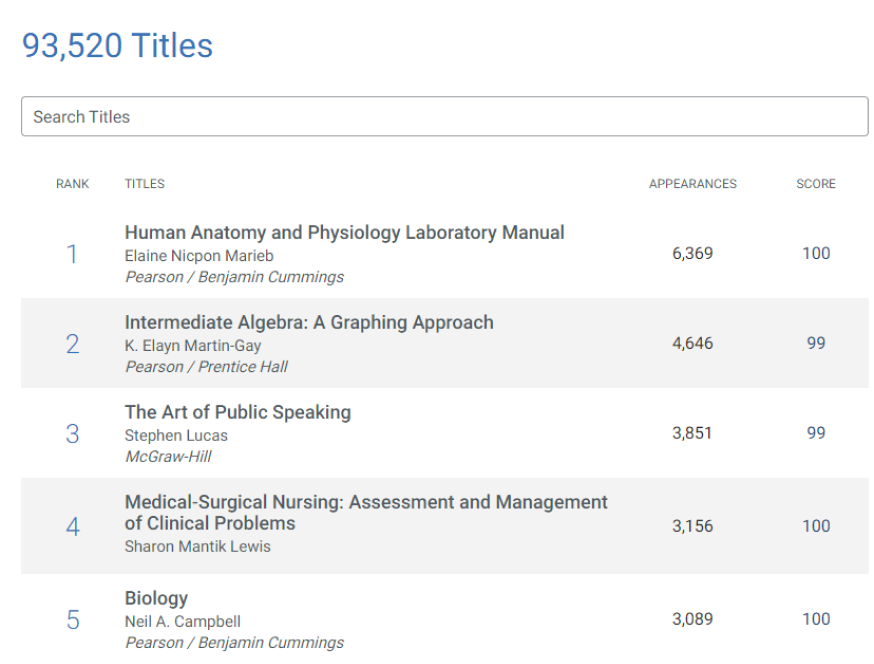
Explore demand for your titles, other publishers’ titles, and the top title ranks on different topics — filterable by school, school type, country, and other criteria.
Understand the teaching contexts behind the demand for titles by looking at syllabi.
Support book development with trend and gap analysis.
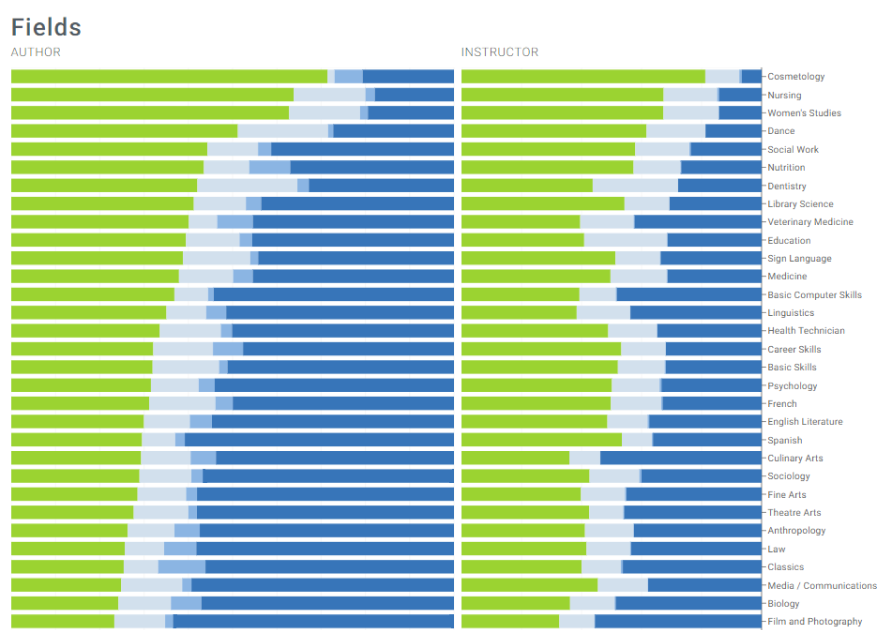

Support accreditation efforts that require organized views of curricula, syllabi, and learning outcomes.
Provide insight into the gender distribution of teaching staff and of authors within the curriculum by school, field, and other criteria.
Provide a syllabus archive for students and faculty that respects copyright and privacy concerns.
Support institutional research on program development with insights into peer schools and curricular trends.
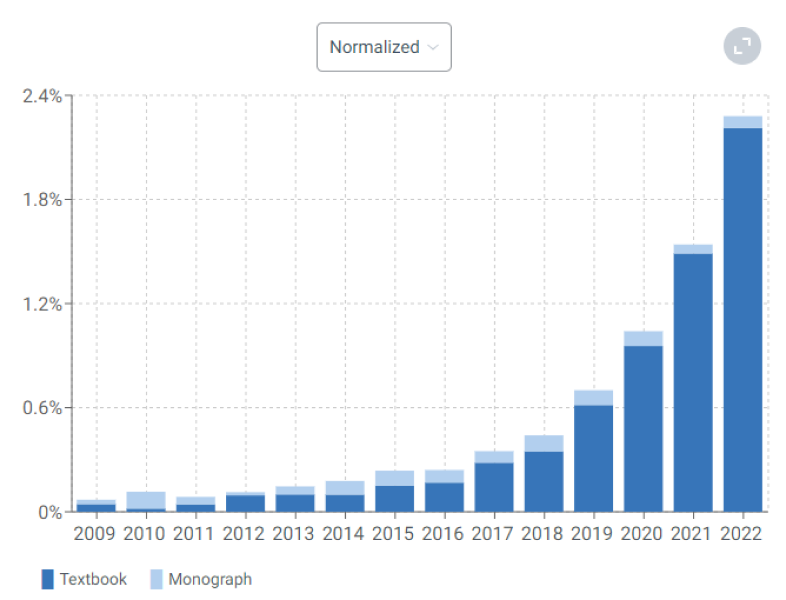
Explore any of the questions above at system, state, and country levels.
Develop comparisons of schools and systems.
Simplify the development of common course numbering and related efforts.
Measure the impact of state-level curricular policies.
Contribute to a curricular archive that will be ready for future questions about higher education.
27.6 million syllabi — including 9.1M from the US, 2.1M from the UK, and 1.8M from Australia.
7,400 schools — including 680 with more than 5000 syllabi.
3.8 million titles
65 million assignments
26 million learning outcomes
Bi-annual updates
Extending back to the 1990s